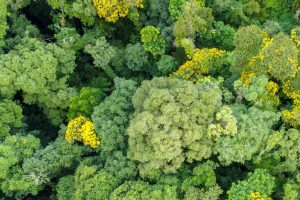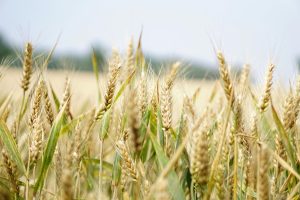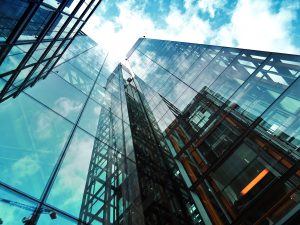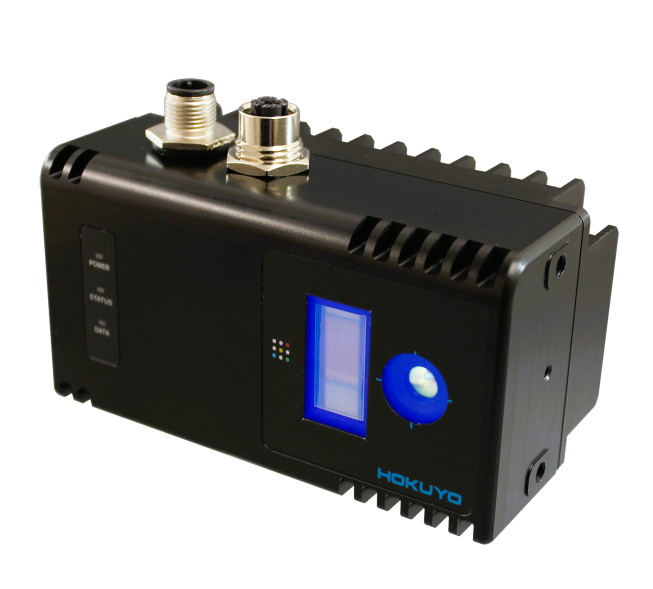Outdoor LiDAR technology
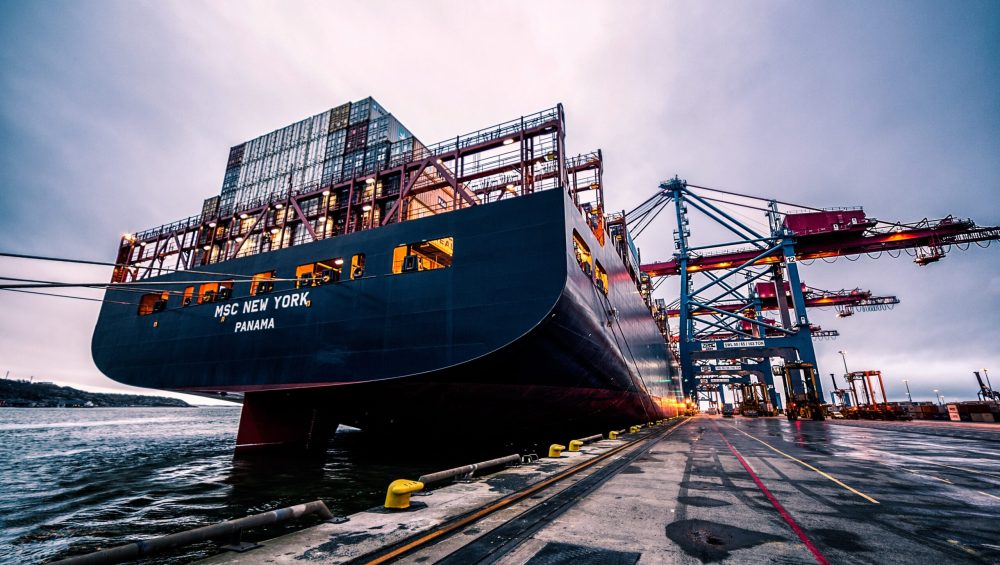
Outdoor LiDAR technology – A must for port automation?
Supply chain problems have once again been hitting the headlines, as shipping containers stack up in ports around the world. Labour issues, an increasing consumer demand and growing ship sizes, have all resulted in congestion in our ports. But, as the capabilities of LiDAR technology grow, can it make our ports safer and more efficient?
What is outdoor LiDAR technology?
LiDAR is a laser-based technology and stands for Light Detection and Ranging. The LiDAR transmits a rotating invisible infra-red laser beam, which is reflected off surrounding objects and captured by the sensor.
A LiDAR sensor suitable for outdoor use will maintain its functionality despite prevailing weather conditions, such as snow, dust, fog, or rain. In addition, an outdoor LiDAR sensor is resistant to higher levels of ambient light, able to cope with exposure to dirt and is protected in accordance with the IP classification.
Using LiDAR for port automation
With thousands of containers needing to be moved, combined with heavy machinery and people working in close proximity, there are numerous inherent safety risks. A move to a more automated port environment is intrinsically a safer and more efficient solution.
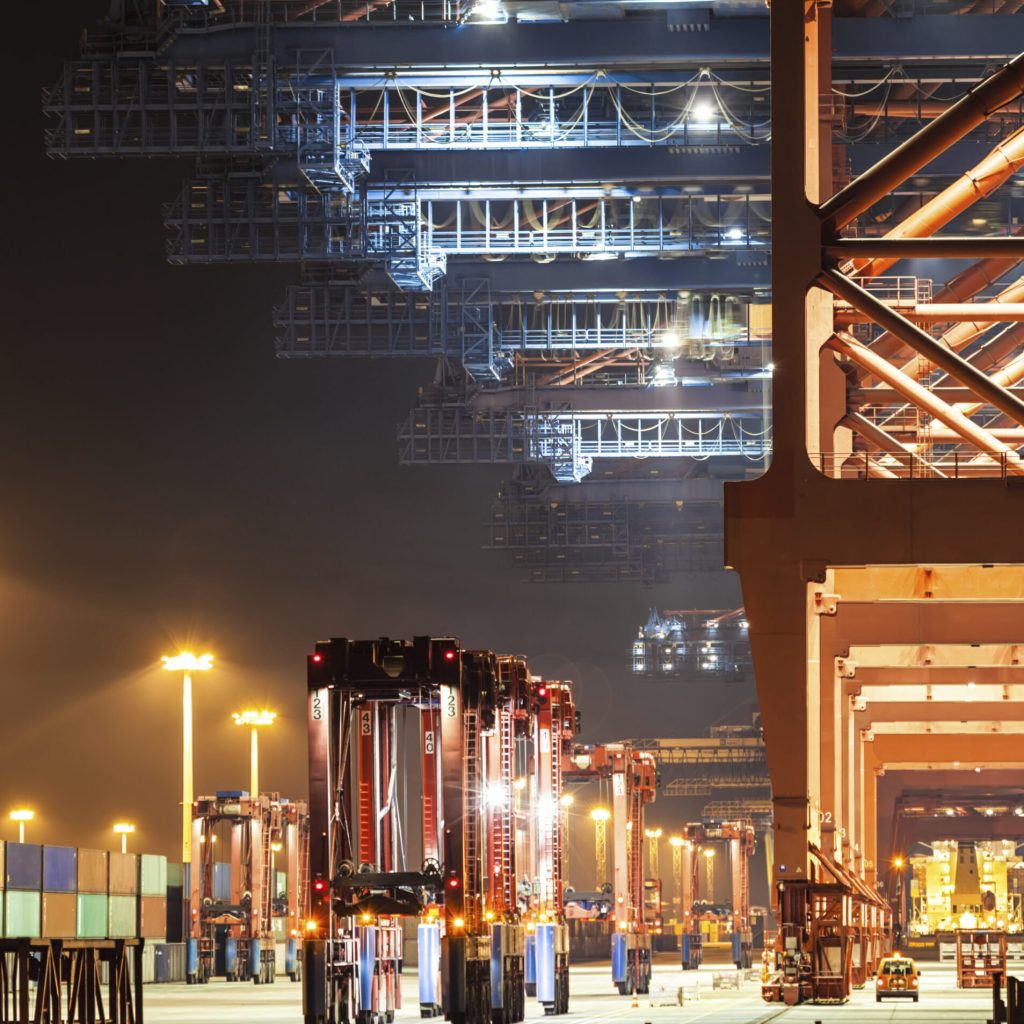
LiDAR sensors can be used in a number of applications within ports. They can be fitted to a ship-to-shore (STS) crane or automatic stacking crane (ASC), allowing automated loading and unloading of containers. The sensor can accurately locate a container, profil the container and efficiently pickup and stack it to maximise space usage. Within the port area LiDAR sensors on rubber tyre gantry cranes (RTG’s) enable navigation and collision avoidance.
The sensors can also be fitted to automated guided vehicles (AGV) and internal terminal vehicles (ITV) which operate within the port. This allows both types of vehicles to safely navigate the port area whilst moving cargo. Without the use of LiDAR sensors, AGVs and ITVs would need to be manually operated affecting the time and labour requirements necessary for the cargo handling process and compromising safety.
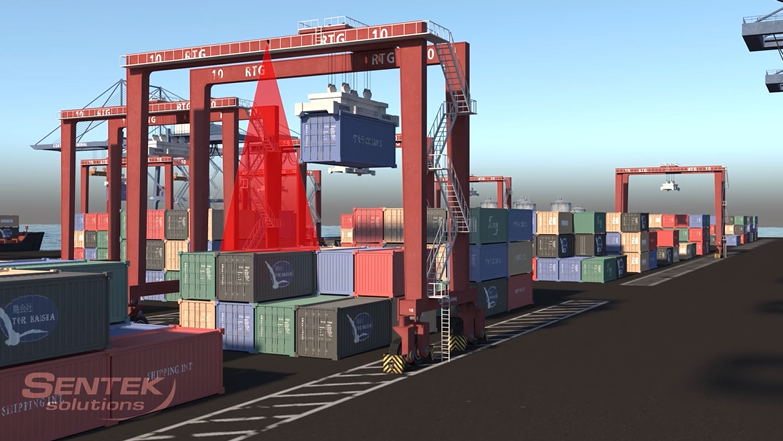
Protecting personnel, port infrastructure, shipping containers and their contents, whilst efficiently increasing throughput are the top priorities for port operators. That’s why anti-collision devices and LiDAR sensors are playing an increasingly important role in port operation. In summary: the driving force for their implementation is the financial savings generated through efficiency and accident prevention.
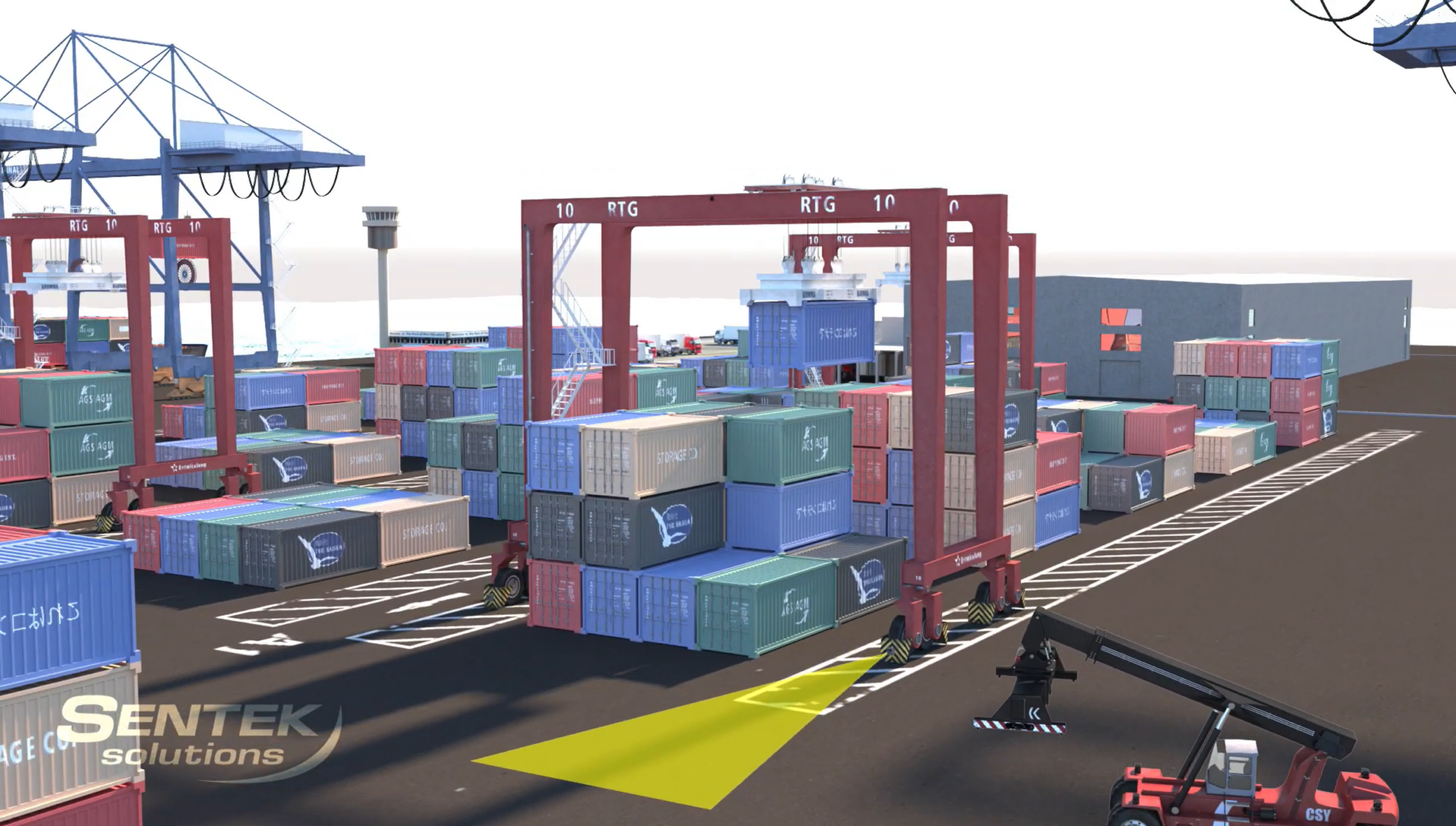
For example, the Shandong Port Group Co, Ltd. recently integrated the Quanergy 3D-LiDAR scanners into its operations. This resulted in a 90% reduction of work-related accidents and reduced operation costs and losses by 25%. You can read the full case study here.
Why LiDAR v’s other technology?
LiDAR sensors, such as the Quanergy M8-series, have distinct advantages over cameras or radar. These include significantly longer ranges (up to 200m), higher precision for object detection, and extremely accurate data to meet security standards (no privacy violation).
This allows ports to achieve maximum coverage with fewer sensors. And, due to the gathered data, incident warnings give operators more time to react.
With the port’s harsh environment, LiDAR sensors must be capable of withstanding weather conditions, such as extreme heat or cold, snow and fog, as well as vibrations and dust. Hokuyo manufactures a vast array of powerful, compact and lightweight LiDAR devices, that can withstand these environments, including the UGM, UXM and URM-40.
Further uses of LiDAR
The global shipping industry worth in excess of 14 trillion USD $ in 2019 is set for further rapid growth. Improving safety and efficiency as volumes increases, will be an ongoing challenge. Utilising LiDAR technology will undoubtedly assist in pursuing these goals.
But the technology doesn’t stop with shipping. LiDAR can also support a whole range of other industries, from farming and the inspection of equipment, to mining.
We would love to know how you’ve used LiDAR technology within your business. Just give us a call or send us a message.
You can browse our entire selection of LiDAR scanners here. And stay up to date with all our news and product developments by following us on LinkedIn or Twitter.

